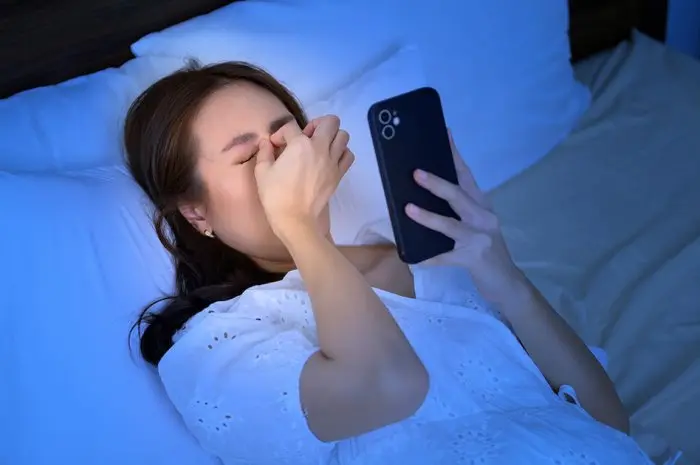In the digital age, our lives have become increasingly intertwined with screens, from smartphones and computers to tablets and televisions. While technology has undoubtedly transformed the way we work, learn, and communicate, it has also brought new challenges to our eye health.
Extended screen time can lead to various eye-related problems, including digital eye strain, dry eyes, and potential long-term issues. However, by adopting proper habits and implementing effective strategies, you can maintain and protect your eye health in the digital era. In this article, we will explore essential tips to keep your eyes healthy in the age of screens.
Understanding Digital Eye Strain
Digital Eye Strain, also known as Computer Vision Syndrome, refers to a range of eye and vision-related problems that arise from prolonged use of digital devices. Common symptoms include:
- Eye fatigue and discomfort
- Dry, irritated eyes
- Blurred or double vision
- Headaches
- Neck and shoulder pain
- Difficulty focusing
These symptoms can negatively impact your productivity and overall well-being. To prevent and manage digital eye strain, consider implementing the following tips:
Follow the 20-20-20 Rule
One of the most effective ways to reduce eye strain is to follow the 20-20-20 rule. For every 20 minutes of screen time, take a 20-second break and look at something 20 feet away. This brief pause allows your eyes to relax and refocus, reducing strain.
Adjust Screen Settings
Optimize your device’s settings to minimize eye strain. Increase the font size, adjust brightness and contrast, and use anti-glare screens or coatings to reduce reflections and glare.
Maintain Proper Screen Position
Position your screen at eye level, about 20 to 24 inches away from your eyes. Ensure that your screen is at a comfortable angle and that you are not straining your neck or shoulders while viewing.
Blink Regularly
Blinking is a natural way to keep your eyes moist and refreshed. Be conscious of blinking more frequently when using digital devices to prevent dry eyes.
Use Artificial Tears
Over-the-counter artificial tears can help alleviate dry eyes and maintain moisture in your eyes. Use preservative-free eye drops if you need to lubricate your eyes during extended screen use.
Adjust Lighting
Ensure proper lighting in your workspace to reduce glare and reflections on your screen. Use task lighting that is softer and evenly distributed to prevent harsh contrasts.
Keep Screens Clean
Regularly clean your device screens to remove dust, smudges, and fingerprints. A clean screen is easier to read, reducing the need to squint or strain your eyes.
Take Breaks and Stretch
In addition to the 20-20-20 rule, take short breaks every hour to stretch your body. Perform simple eye exercises like rolling your eyes or focusing on a distant object to relax your eye muscles.
Limit Screen Time
Set daily limits on your screen time, both for work and leisure. Prioritize activities that don’t involve screens, such as reading physical books or spending time outdoors.
Get Regular Eye Exams
Schedule regular eye exams with an optometrist or ophthalmologist. Comprehensive eye exams can detect early signs of eye problems and help you maintain optimal eye health.
Consider Blue Light Filters
Blue light filters, available as both software and physical screen protectors, can reduce the exposure to high-energy blue light emitted by screens. This can help minimize eye strain and sleep disturbances caused by excessive screen time.
Adjust Text Size and Contrast
Customize your device’s settings to increase text size and contrast for easier readability. This reduces the need to squint or strain your eyes.
Conclusion
In our increasingly digital world, it’s essential to prioritize eye health to prevent digital eye strain and other related issues. By implementing these tips and making conscious efforts to protect your eyes, you can enjoy the benefits of technology without compromising your visual well-being. Remember that maintaining healthy eyes in the digital era is a proactive and ongoing process, so be consistent in your efforts to safeguard your vision and overall eye health.











